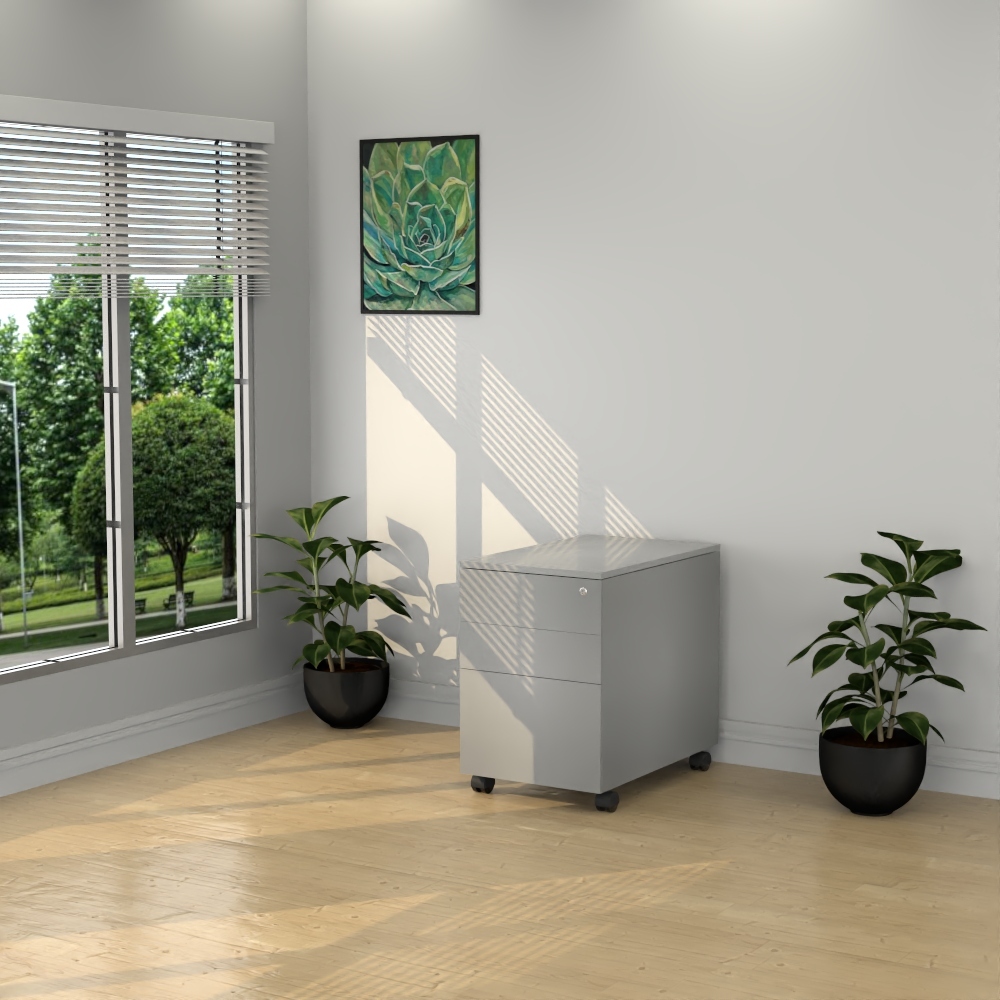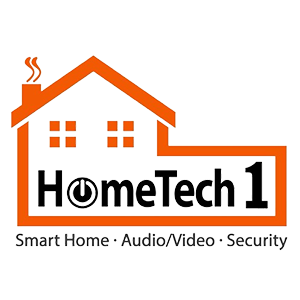Introduction
Using smart home devices with your security system can improve your home’s protection. Imagine your front door locking automatically when you arm the system before bed or leaving the house. Or, if an intruder is detected, your speaker could loudly sound alarms. These features are possible with the right security system and smart devices.
Key Elements of a Smart Home Security System
Home security systems are designed to protect your home and family. They comprise many different parts, each of which is important for keeping you safe and secure.
Cameras: Outdoor security cameras are like extra eyes for your home. They watch your property and see what’s happening around it. These extra eyes can see what’s going on at your doors, driveways, and other important places. They show you live videos and save recordings, so you can see if there are any problems and review what happened later.
Motion Sensors: Motion sensors and detectors play a key role in alerting you to unexpected movement. Placed carefully around your property, they add an extra layer of security. This technology helps ensure you’re quickly notified of any unauthorized activity.
Entry Sensors: Security kits often have window sensors. These sensors are important because they can tell when a window is opened or broken. If a window is opened or broken, the sensors will make a loud noise and let you know right away. Window sensors help to keep your home safe by stopping people from entering your home without your permission.
Control Panel: The central nervous system of your security system is the control panel or keypad. They let you control alarms, change settings, and arm and disable the system. Controlling your security system is made simple and easy with an intuitive interface.
Base Station: The base station serves as the main hub for your security system. It helps you in managing all the connected devices. It controls the alarm, ensures everything works smoothly, and plays a crucial role in emergencies. When needed, it triggers the alarm and notifies homeowners or, with professional monitoring, alerts the authorities.
Integrations for Smart Homes: You can make your home security system even better by using smart home devices. Smart locks let you open and close your doors without using a key. You can also control them from anywhere. Smart thermostats help you control the temperature in your home and save energy. These devices make your home more convenient and secure.
Types of Smart Home Security Systems
Regarding intelligent home security systems, there are various choices to take into account:
- Wireless security systems: They are a popular option for many households due to their versatility and ease of installation.
- Hardwired Security Systems: Hardwired systems can be more difficult to install, but they are more dependable and resistant to interference.
- Do It Yourself Security Systems (DIY): These systems are affordable and easily adjustable, enabling you to customize them to meet your unique requirements.
- Professionally Monitored Security Systems: These systems give you additional peace of mind by offering round-the-clock monitoring and prompt emergency response.
Conclusion
When burglars see a home has a security system, they often move on to an easier target. With a good system, even if they break in, they’ll be caught quickly. By planning carefully, you can choose the best security system to protect your home and family. If you’re not sure where to begin, consider Home Tech for access to some of the world’s most advanced smart home technology.


